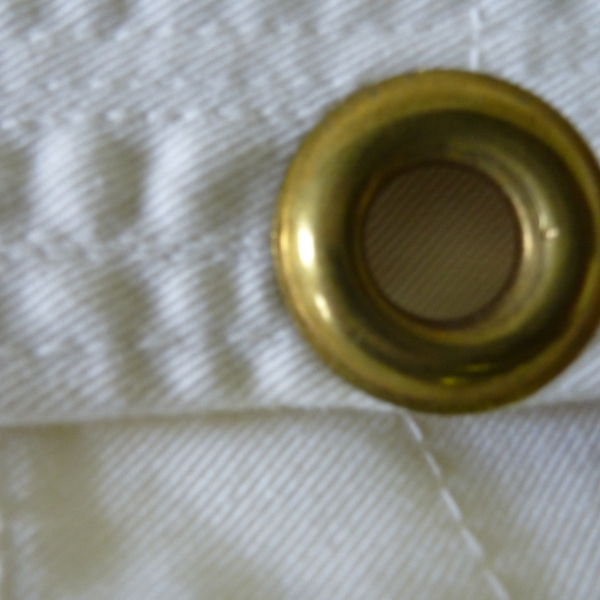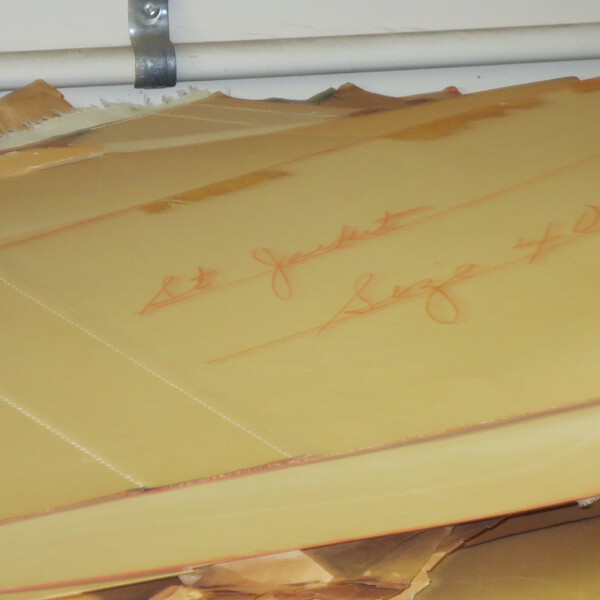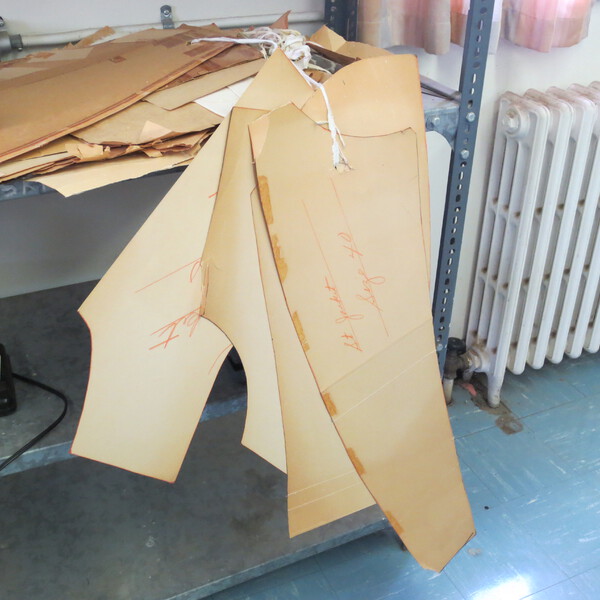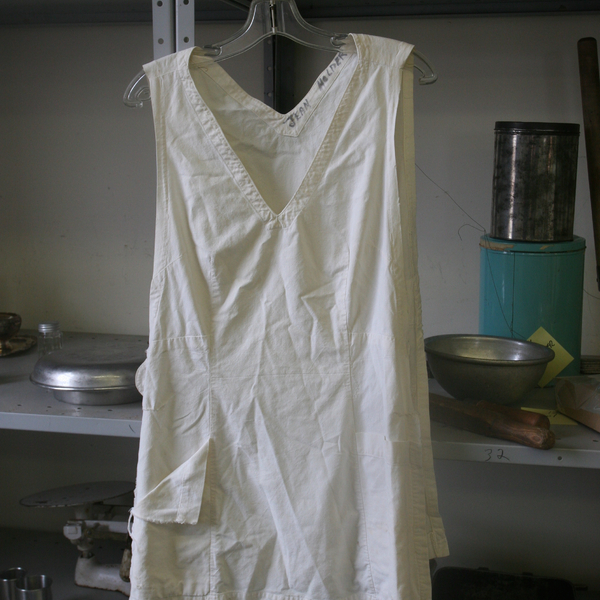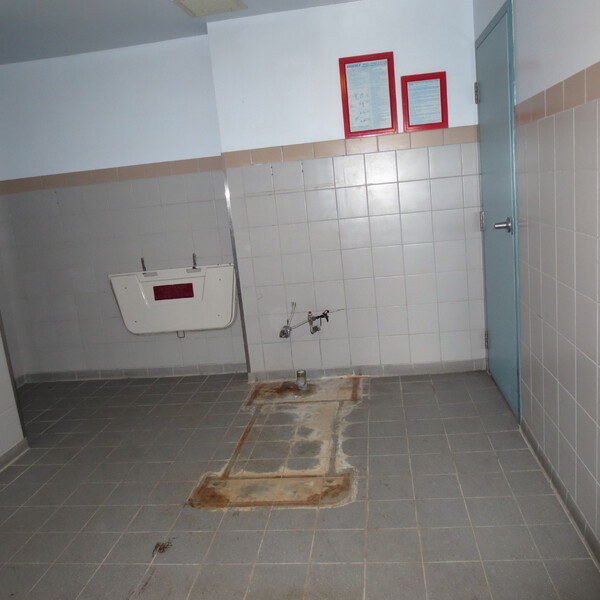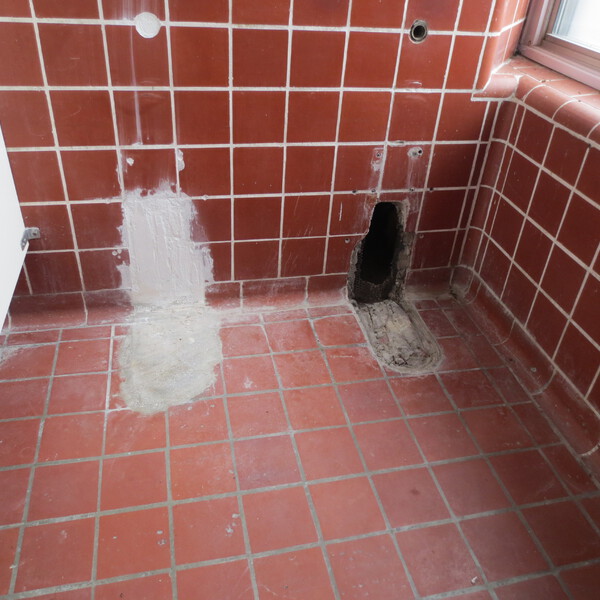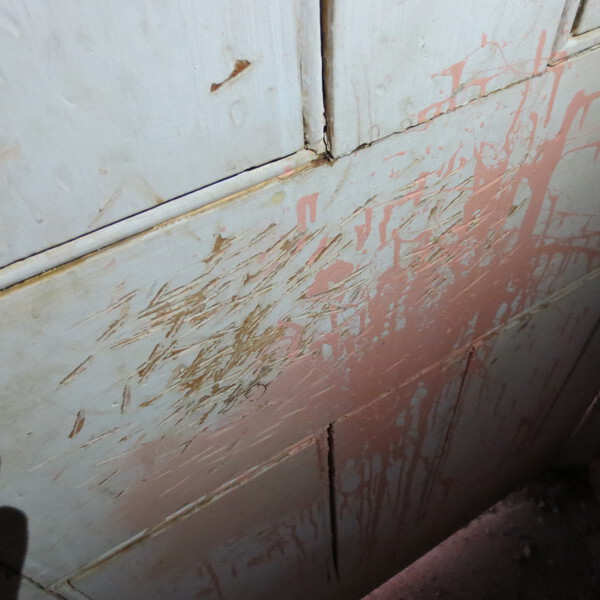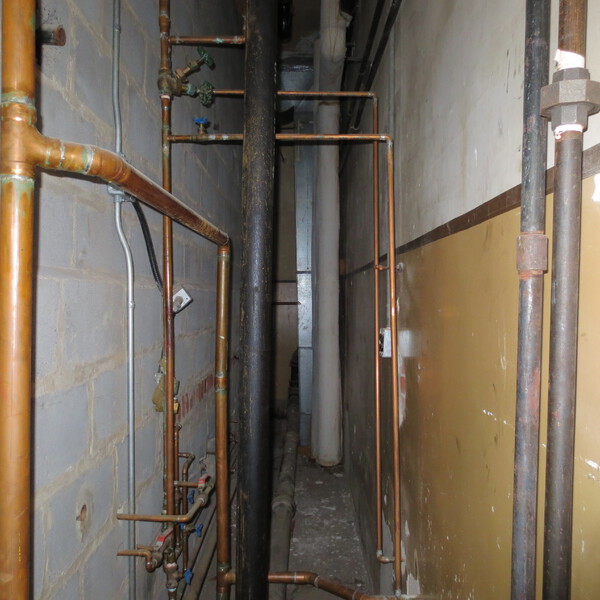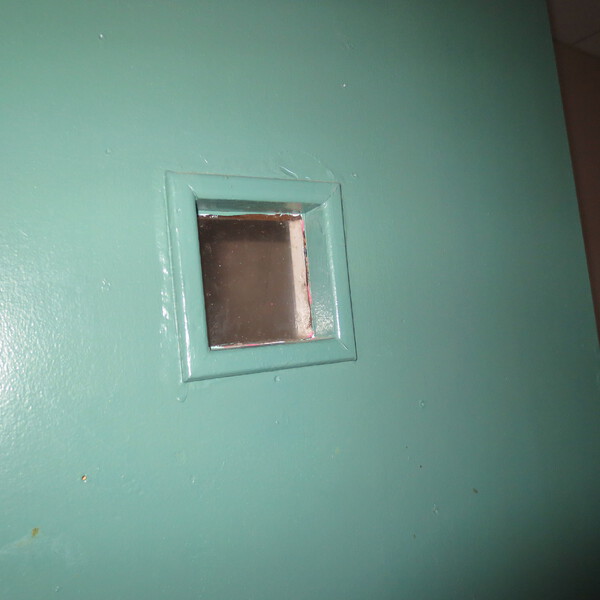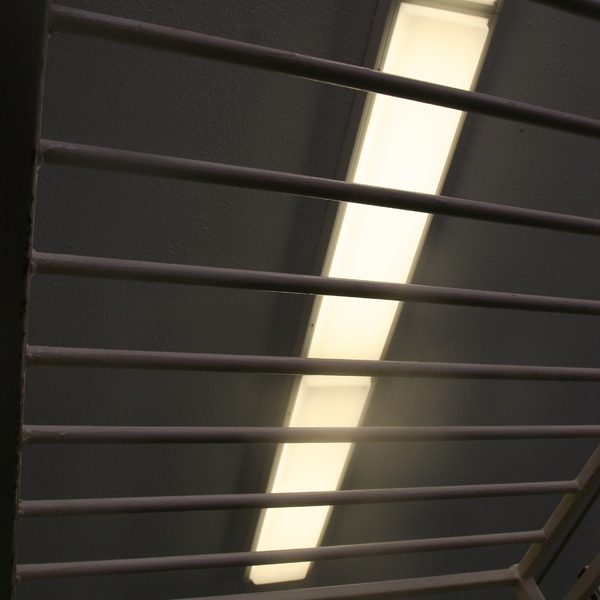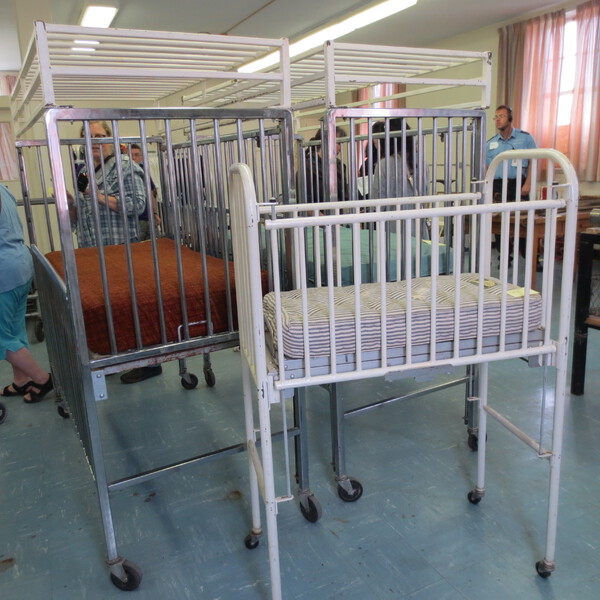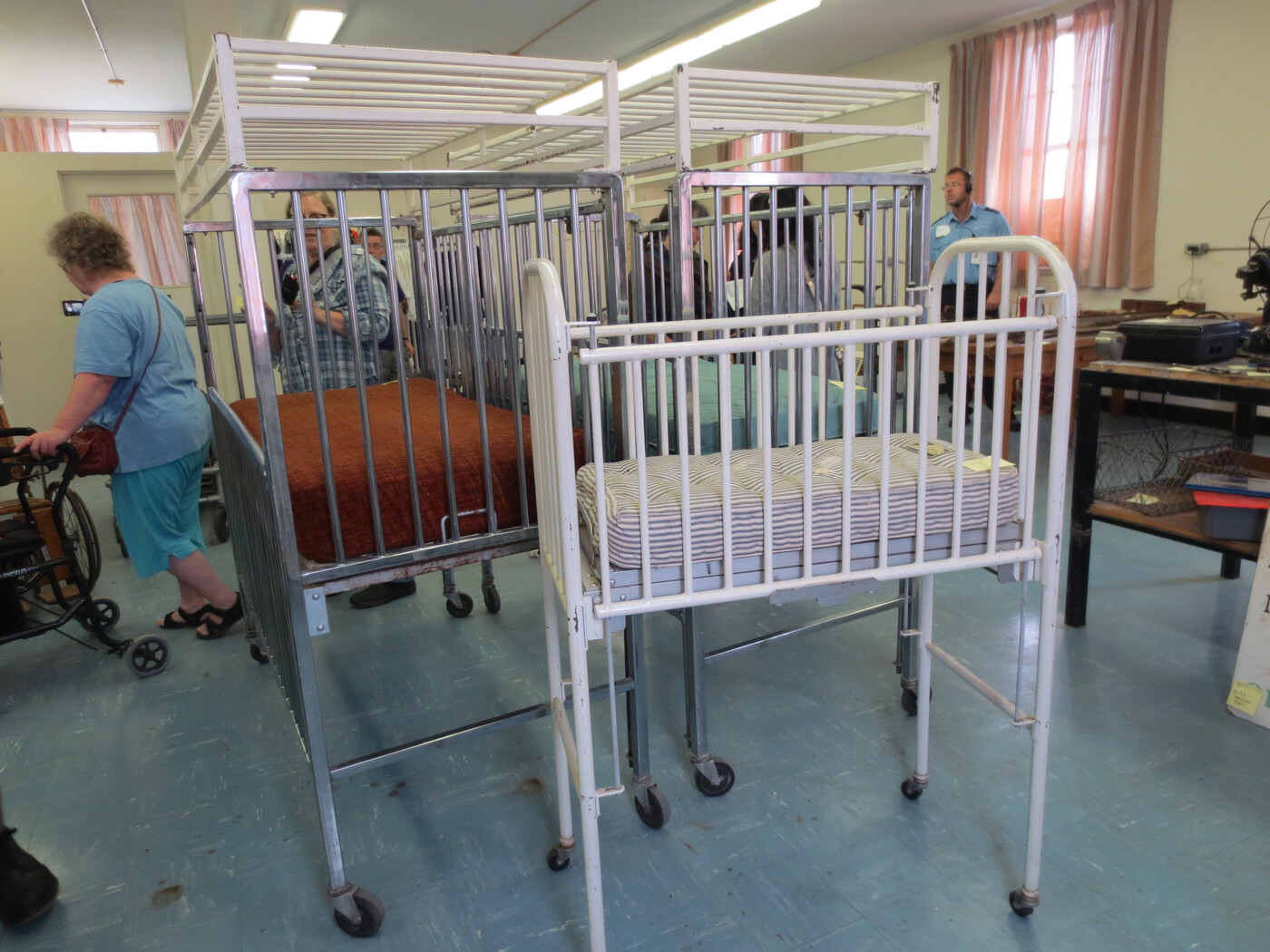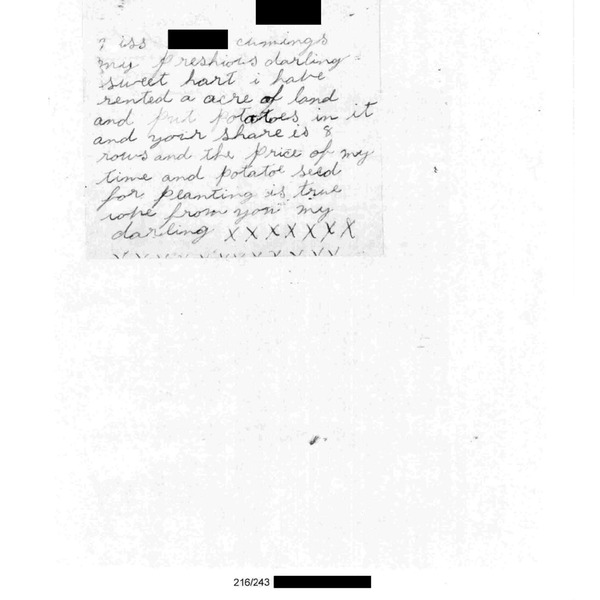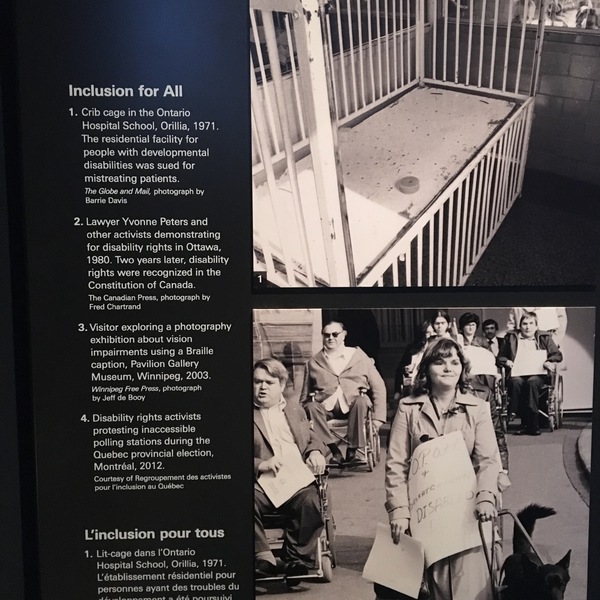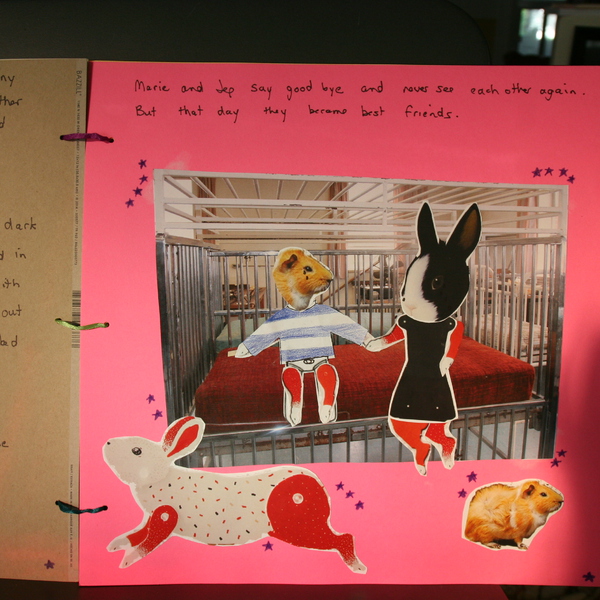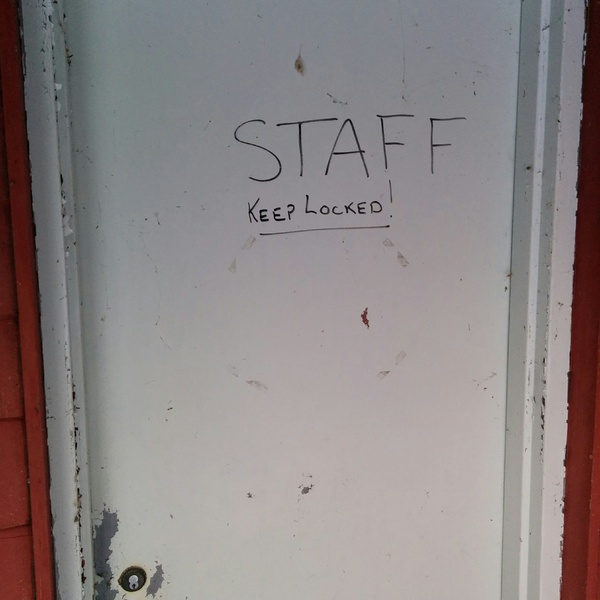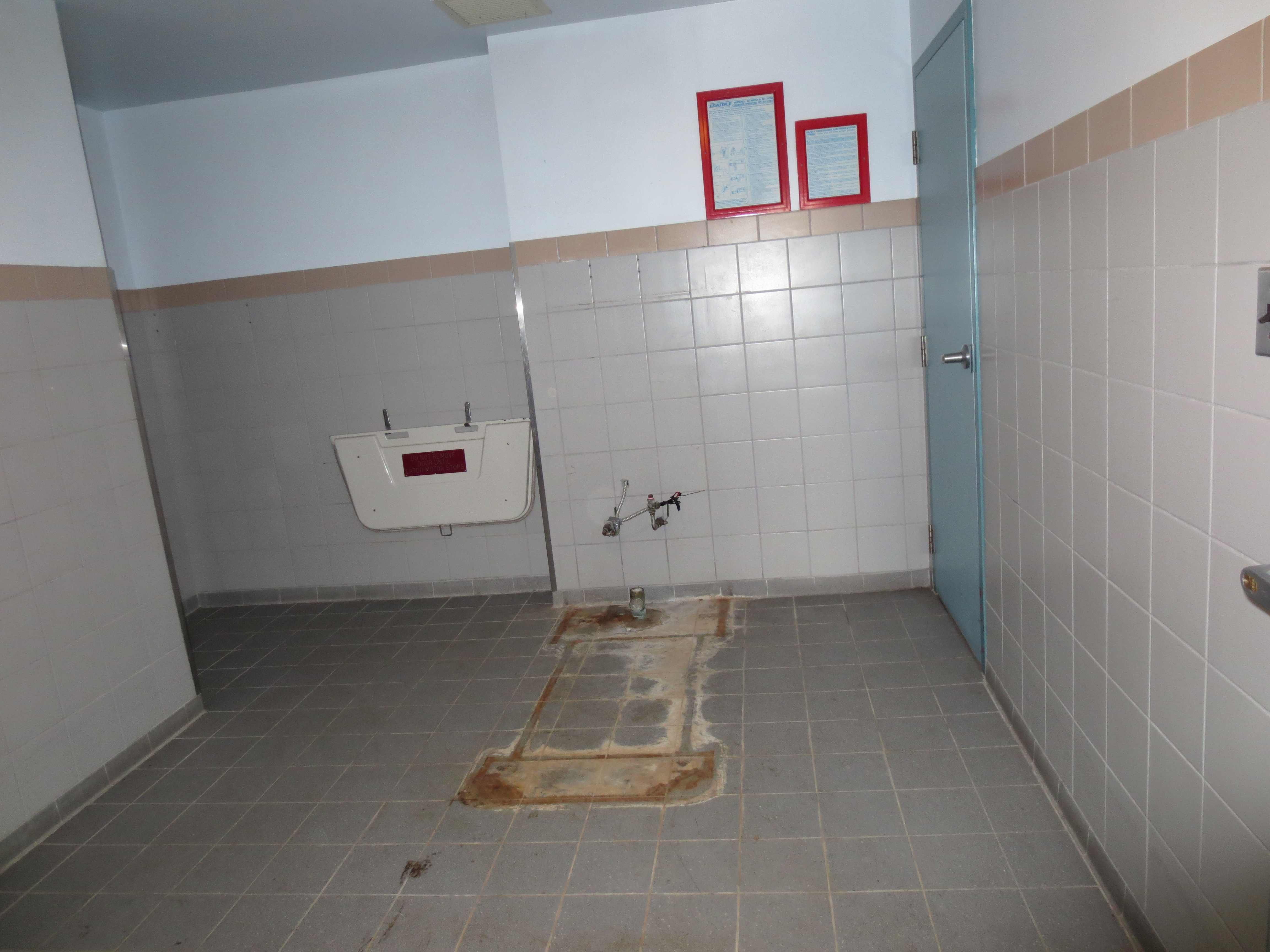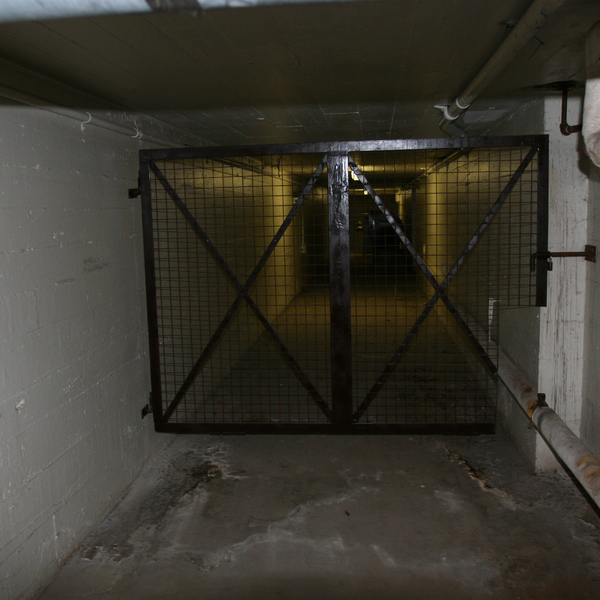Tools of Institutional Violence
Sensitive Material Warning
The Huronia Regional Centre was a place where many people suffered terrible forms of cruelty, sexual and physical abuse, and injustice. This means that some images, descriptions, and stories are disturbing and upsetting. Encountering this content may produce many different kinds of reactions, like anger or sorrow. This exhibit is especially difficult to review. During your visit on this site, it might help to remember that the Huronia survivors involved in this project are asking for an audience, and want a public reckoning with their lived experiences of institutionalization.
This multi-media exhibit contextualizes the tools that the institution's staff used to confine and control residents.
In The Body in Pain: The Making and Unmaking of the World, Elaine Scarry writes about how the purpose of artifacts can be rewritten in contexts where they are used for torture. A simple hammer, for instance, can become a tool for horrific ends in a context outside construction work. Her theory helps explain how Huronia could become a place where ordinary objects take on new meanings for residents. According to first-hand survivor accounts, the objects catalogued here became tools of violence.
Clothing as Punishment
Residents who acted out were drugged into compliance or physically restrained. Straight jackets were routinely used as a tool of physical restraint. Being put in a straight jacket can be uncomfortable and painful, and denies a person control over their own body. Survivors report being put in straight jackets for resisting institutional routine, and being left in the clothing for hours. Because the institution ran on exploited labour, there were residents who were expected to sew and mend these garments. Residents were as a result forcibly implicated in maintaining a tool of violence.
One punishment for residents who ran away was to push a heavy cement block up and down a hallway for days. One survivor recalls having to do this while wearing a nightgown. The clothing forced the resident to stay indoors, and functioned as a humiliation tactic.
Neglect and Abuse in the Bathrooms
Bathroom facilities were poorly maintained, a signal of neglect born of overcrowding, understaffing, and a lack of care. Showers were open-concept and the stalls to toilets did not have doors, meaning residents had no privacy and were vulnerable to sexual abuse. Poor staff oversight led to communal use of toothbrushes and razors, which in turn caused exposure to infectious outbreaks.
Survivors report that ice baths were used as a particularly painful form of punishment. Thermometers still existing in Huronia's inventory mark the freezing temperatures of ice baths, ostensibly to prevent baths from reaching freezing temperatures.
Spaces of Confinement
Crib cots are beds with bars all along the sides and across the top. This kind of furniture functioned as a tool of confinement, where residents were kept for lengths of time or controlled (ie, hosed down for forced baths).
The pipe room is well known to survivors as a space of isolation. Staff forced residents into solitary confinement as a routine form of punishment. Clear evidence of this practice can be found in the scratches on the walls and door.
Recalling Violence
An audio collection of people touring the Huronia site, including survivors, discussing institutional violence.


